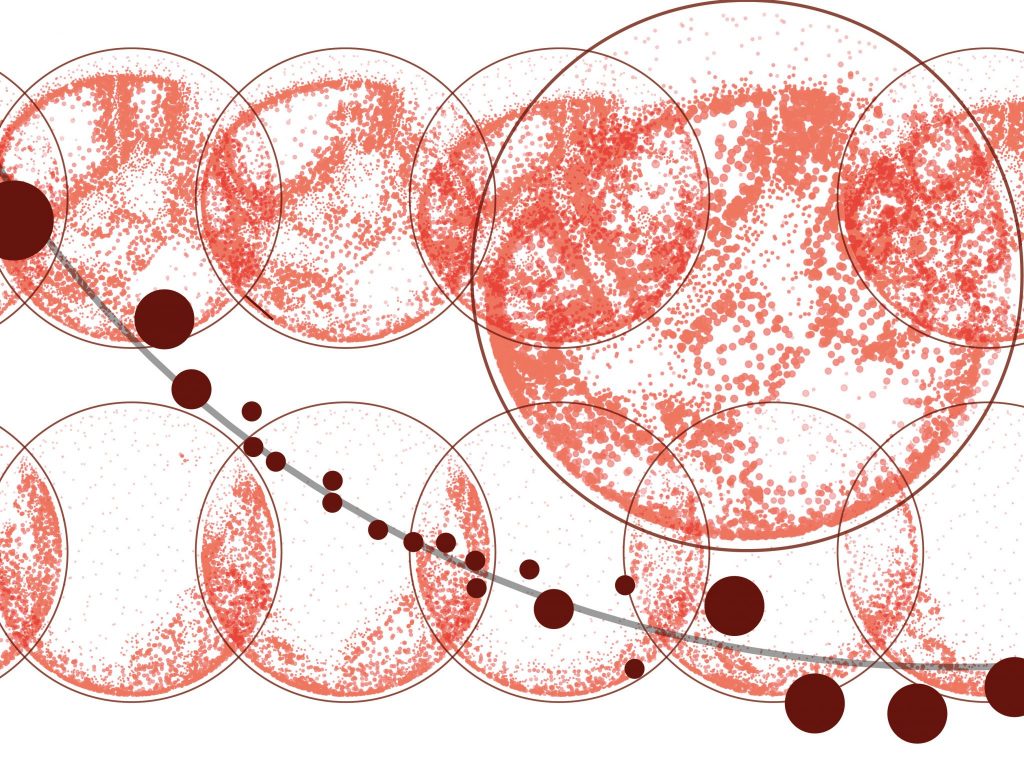

It is licenced with the Mozilla Public License 2.0 which balances between ensuring that code contributions remain open-source but allows for incorporation into larger proprietary works.
What is the project about?
Raytraverse is a python library and command line tool that helps to mitigate the challenges of simulating and evaluating large amounts of rendered lightfield data. To quantify the daylight conditions in a building spans seven dimensions: three dimensional space, two dimensional viewing direction, time, and wavelength so every daylighting simulation begins with a decision about how to allocate resources across these dimensions. Do you prioritize evaluating lots of timesteps or lots of positions? Do you prioritize high angular resolutions (images) or high spectral resolutions? Through a variable resolution approach, raytraverse uses the ongoing simulation process to reduce the tradeoff between position, direction and time so that an analysis can include more positions and more times without sacrificing directional resolution.
Why Open?
The answer that makes everything else superfluous is the development of raytraverse was part of the SNF project: Light fields in climate-based daylight modeling for spatio-temporal glare assessment, which requires open source dissemination. The superfluous stuff (which is actually more important) is two-part. First, open source made things easier for us, we could use and integrate other open source software and take advantage of open source infrastructure to build, document, and distribute. Second, open source makes it possible for others to use raytraverse in their research which is just as (or more) important for dissemination as the associated publications of the method.
Who benefits from it?
Other researchers and practitioners who need accurate, detailed, and efficient daylight simulation results that may extend in scope beyond what commercial software affords. So far researchers who have used it have needed a way to simulate very large numbers of scenarios and store the results data for flexible reanalysis.
How did you make it open?
Right now raytraverse lives on github, releases are available on pypi, documentation at readthedocs and archives of publication related versions on zenodo. It is licenced with the Mozilla Public License 2.0 which balances between ensuring that code contributions remain open-source but allows for incorporation into larger proprietary works.
Contact :
